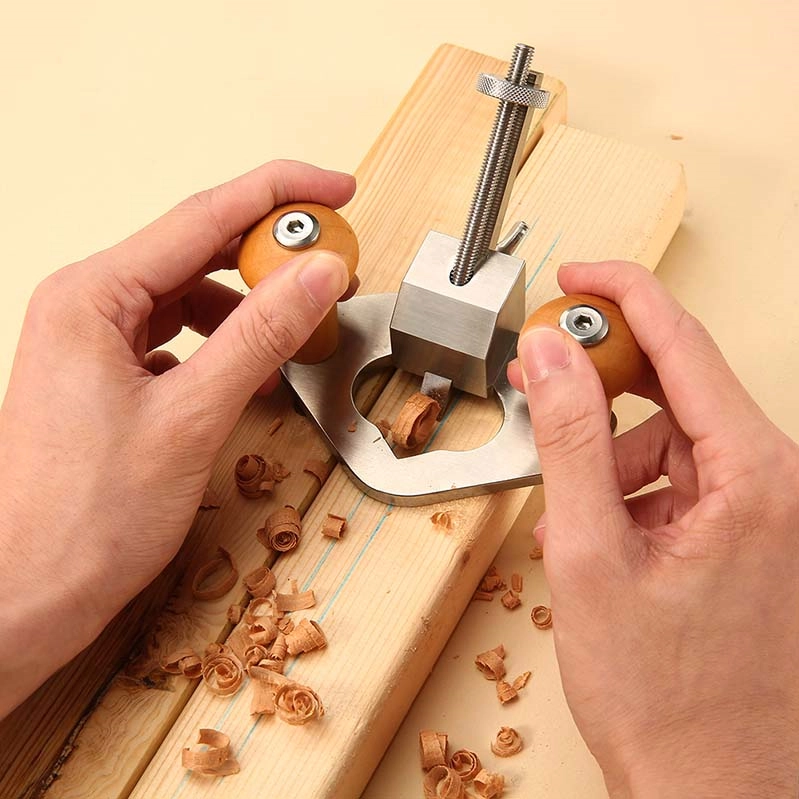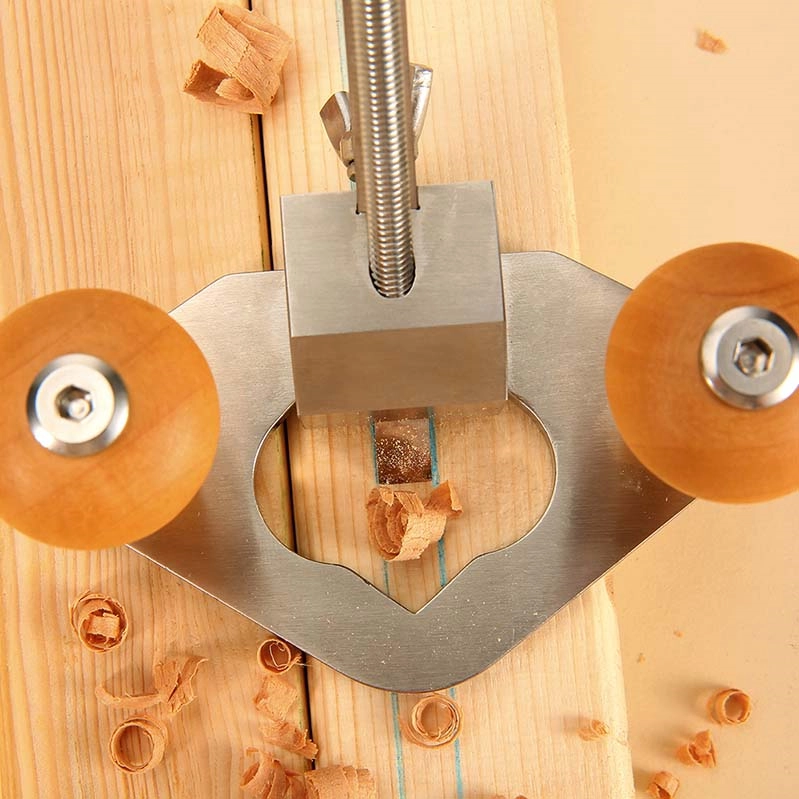Don't miss our Full range of woodworking tools - 20% OFF! Email: ruisen@wooditool.com
Exploring the Versatility of the Hand Router Plane in Woodworking

Woodworking rasps and files are indispensable tools that offer versatility and precision in shaping, smoothing, and refining wood surfaces. These hand tools come in various shapes, sizes, and coarseness, allowing woodworkers to achieve desired results in their projects. In this essay, we will explore the versatility of woodworking rasps and files, their applications, and techniques for using them effectively.
1:Understanding Woodworking Rasps and Files
Woodworking rasps and files are cutting tools with abrasive surfaces used to remove material from wood surfaces. Rasps typically have coarse, individually cut teeth, while files have finer, evenly spaced teeth. Rasps are ideal for rough shaping, while files excel at refining and smoothing surfaces. They come in various shapes, including flat, half-round, round, and needle, each suited for specific tasks and contours.
2:Applications in Woodworking
Woodworking rasps and files have a wide range of applications. They are commonly used for shaping curved surfaces, such as creating concave or convex profiles in furniture components or sculpting intricate designs. Rasps and files are also valuable for fitting joints, fine-tuning edges, and removing imperfections or excess material. Woodworkers use them to refine carvings, shape handles, clean up saw cuts, and prepare surfaces for finishing.

3:Selecting the Right Rasps and Files
Choosing the appropriate rasps and files depends on the specific woodworking task. Coarser rasps are ideal for initial shaping and removing bulk material, while finer files are better for smoothing and finishing. Consider the shape and size of the rasp or file, as well as the coarseness of the teeth, to match the task at hand. It’s advisable to have a variety of rasps and files in your toolkit to tackle different woodworking projects.
4:Techniques for Using Rasps and Files
Using rasps and files effectively requires proper techniques. Start by securing the workpiece firmly in a vise or workbench to ensure stability. Hold the rasp or file with a comfortable grip, applying consistent pressure while moving it in long, smooth strokes. Avoid applying excessive force, as it may result in chatter or damage to the wood. Work gradually, checking progress frequently, and adjusting your strokes as needed. It’s important to maintain control and maintain a balanced pressure across the entire surface to achieve even and consistent results.
5:Care and Maintenance
To prolong the lifespan and maintain the performance of rasps and files, proper care is essential. Clean them regularly to remove wood particles and debris. Use a wire brush or file card to clean between the teeth. Lubricate the cutting surfaces with a light coat of oil or wax to prevent rust and improve their cutting action. Sharpen or replace rasps and files when the teeth become dull or damaged.
Conclusion
Woodworking rasps and files are versatile tools that enable woodworkers to shape, refine, and smooth wood surfaces with precision. Understanding their different types, applications, and employing proper techniques will enhance your woodworking skills and allow you to achieve outstanding results in your projects.
